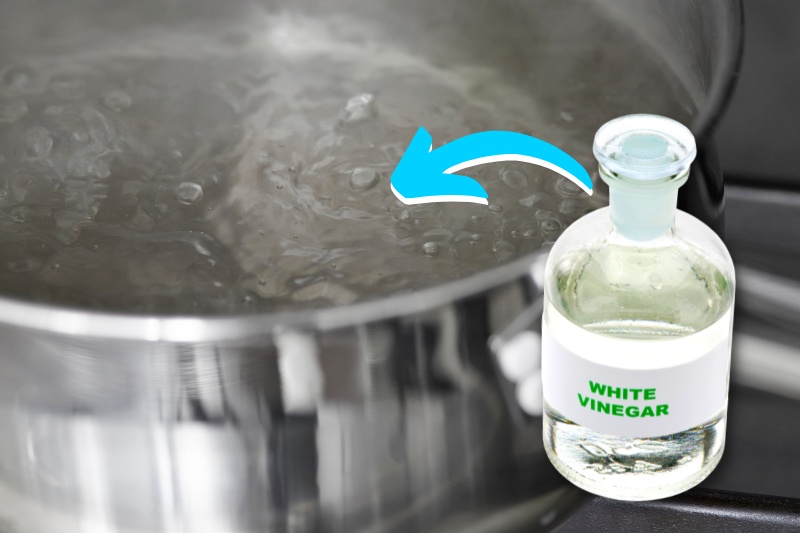
How to Get Rid of Cooking Smells in Your House
3.2.5 Boiling Point. 117.9°C. PhysProp. DrugBank. 117.9 °C . Haynes, W.M. (ed.). CRC Handbook of Chemistry and Physics. 94th Edition. CRC Press LLC, Boca Raton: FL 2013-2014, p. 3-4. Glacial acetic acid is a concentrated form of the organic acid, which gives vinegar its sour taste and pungent smell, and it is also an important reagent.

A Level Chemistry Revision Organic Chemistry Alcohols
Vinegar consists of acetic acid (CH 3 COOH), water, and trace amounts of other chemicals, which may include flavorings. The concentration of the acetic acid is variable. Distilled vinegar contains 5-8% acetic acid. Spirit of vinegar is a stronger form of vinegar that contains 5-20% acetic acid. Flavorings may include sweeteners, such as sugar.
[Solved] How to determine the boiling point of 9to5Science
For the concentration of household vinegar, the boiling point is about 100.6 degrees Celsius, or about 213 degrees F. You can expect higher concentrations of acetic acid to increase the boiling point even more. Diluting the vinegar will bring the boiling point closer to that of pure water. Additional substances mixed in with the vinegar may.

boilingvinegar Bright Today
The boiling point of vinegar is typically about 213 degrees F. It is almost the same boiling point as in the case of water. That is logical since vinegar is about 94-96% water. If the vinegar water has impurities, the boiling point will be higher. Also, if the concentration of acetic acid is higher than 6%, the boiling point will be higher.
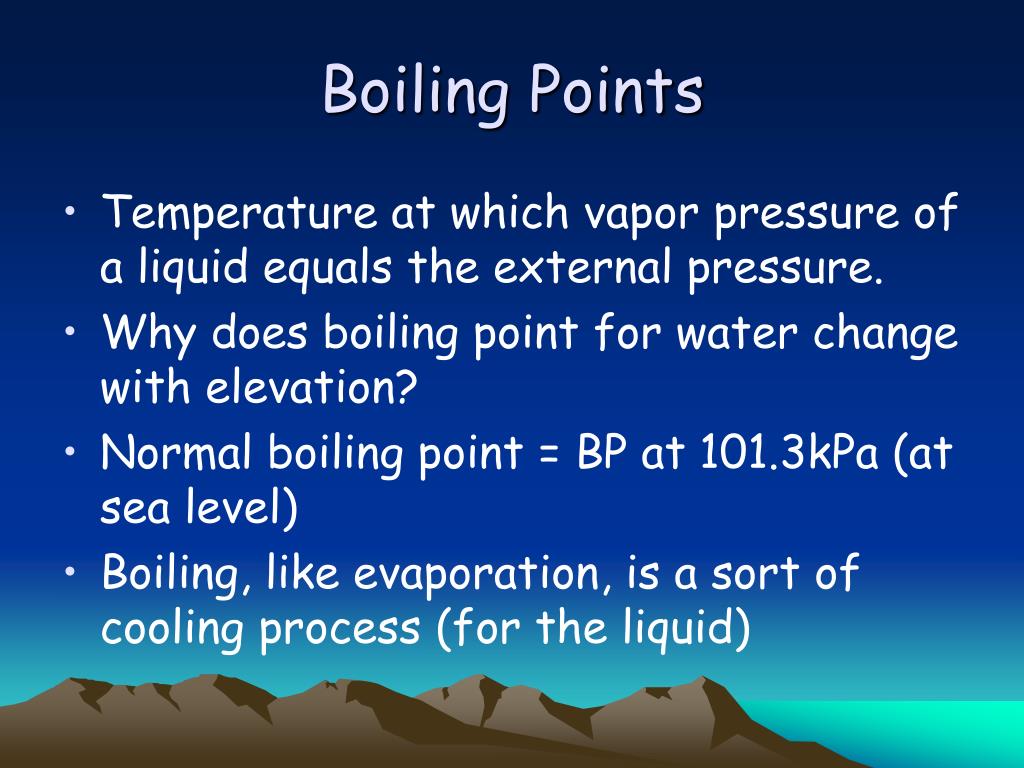
PPT STATES OF MATTER PowerPoint Presentation, free download ID2250162
The acetic acid is a clear colourless liquid with an irritating vinegar odor detectable from 1 ppm, toxic and aggressive. The melting point is at 16.73°C and normal boiling point at 117.9°C. Table 13.4 presents the vapor pressure of acetic acid as function of temperature.

Can You Boil Vinegar? Why It Is Not Such A Good Idea
Boiling. Boiling is the process by which a liquid turns into a vapor when it is heated to its boiling point. The change from a liquid phase to a gaseous phase occurs when the vapor pressure of the liquid is equal to the atmospheric pressure exerted on the liquid. Boiling is a physical change and molecules are not chemically altered during the.

Baking Soda And Vinegar Drain Real Simple Answer
You can boil vinegar, either mixed with water or neat, if you put it on the stove over a medium heat and wait. It will boil at 213 degrees F, or closer to the boiling point of water if you dilute it. Adding other substances can also alter the boiling point. If you want to boil vinegar, you can also do so in the microwave.

How Cold Does It Have to Be for Vinegar to Freeze? Exploring the
The boiling point of acetic acid is about 245 °F, which is greater than the 212 °F boiling point of water, which means you certainly can concentrate the acetic acid in vinegar by boiling, but only very slightly without many passes through a still.

Boiling an egg with vinegar. YouTube
Boiling point: 881.4 °C (1,618.5 °F; 1,154.5 K) (anhydrous) 122 °C (252 °F; 395 K) (trihydrate) decomposes Solubility in water. Anhydrous:. and may be used as a substitute for vinegar itself on potato chips as it doesn't add moisture to the final product. Sodium acetate.

Boiling point of ethanol celsius
What Is the Boiling Point of Vinegar? The boiling point of regular household vinegar is around 213 degrees Fahrenheit. Vinegar that possesses a higher concentration of acetic acid will require a higher temperature to boil. Although most types of vinegar boil around the same temperature ranges, the boiling points can differ depending on the.
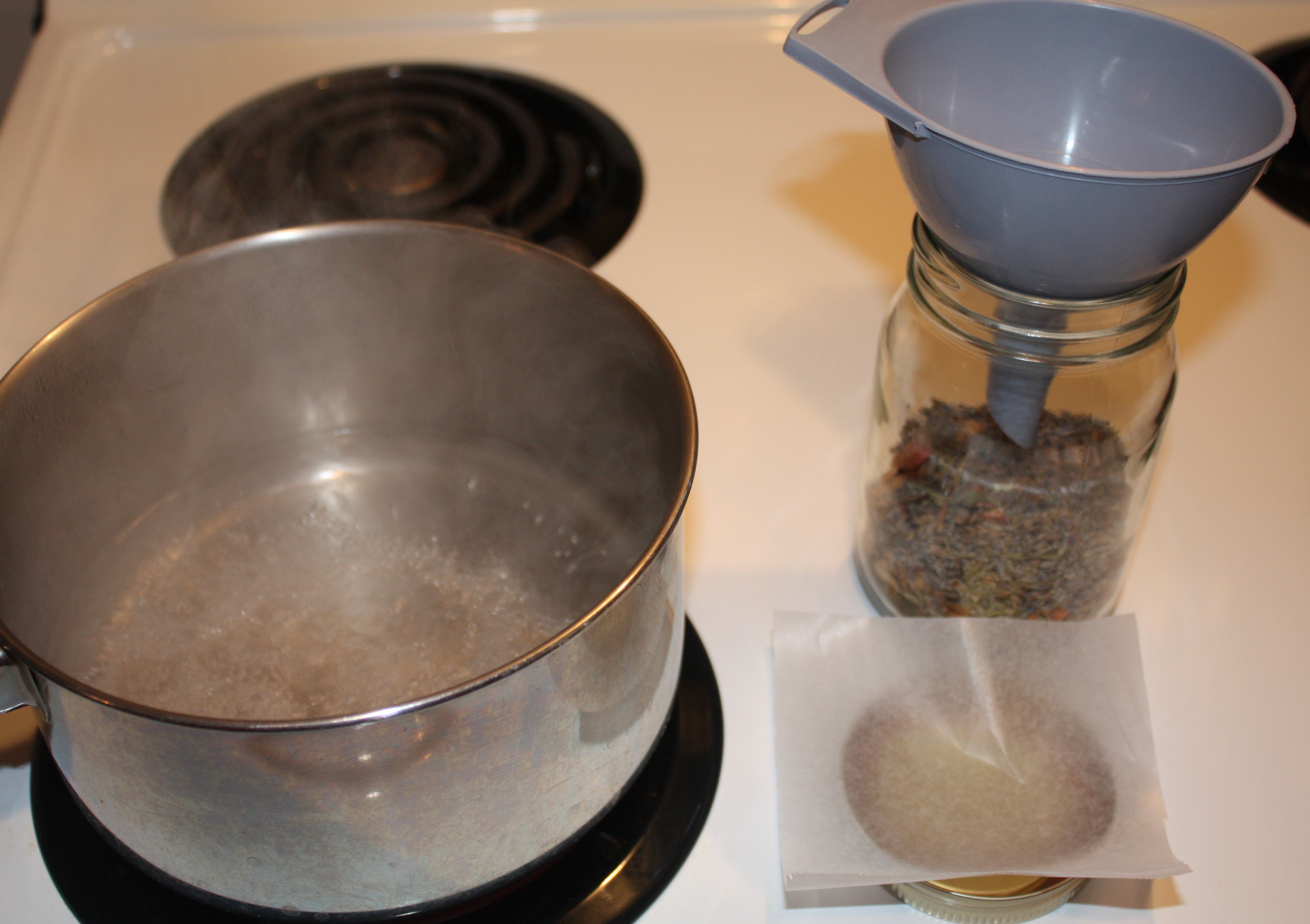
Cleaning with Herbs Archives Parsley Post
The boiling point of vinegar is slightly higher than that of pure water due to the presence of acetic acid. While water boils at 100 degrees Celsius (212 degrees Fahrenheit), vinegar, which typically contains around 5% to 20% acetic acid, boils at around 100.6 degrees Celsius (213.1 degrees Fahrenheit).

boiling water and vinegar Life in Notions
For one, the boiling point of vinegar is 100.6 degrees Celsius (213 degrees Fahrenheit) higher than that of water. This is due to the impurities present in household vinegar. Secondly, adding vinegar to water is an easy way to relieve your body of acetic acid. Finally, you can add flavors like honey, maple syrup, or a variety of others to make.
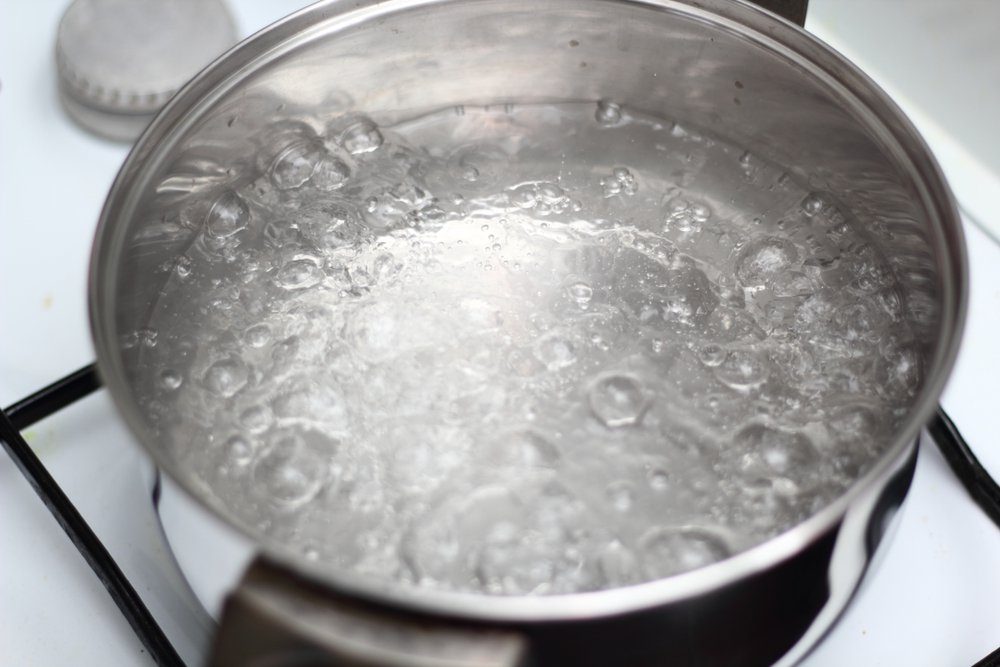
100+ Brilliant Household Uses for Vinegar Reader's Digest Canada
Acetic acid / ə ˈ s iː t ɪ k /, systematically named ethanoic acid / ˌ ɛ θ ə ˈ n oʊ ɪ k /, is an acidic, colourless liquid and organic compound with the chemical formula CH 3 COOH (also written as CH 3 CO 2 H, C 2 H 4 O 2, or HC 2 H 3 O 2). Vinegar is at least 4% acetic acid by volume, making acetic acid the main component of vinegar apart from water. It has been used, as a.

Chemistry Blog Physical Properties of Vinegar
The boiling point of vinegar is around 190 degrees Celsius (375 degrees Fahrenheit). However, it's important to remember that boiling vinegar will produce a strong smell that may not be desirable in all settings. If you plan to simmer food on the stove to make your house smell good, add some boiled vinegar to the pot to give your kitchen an.
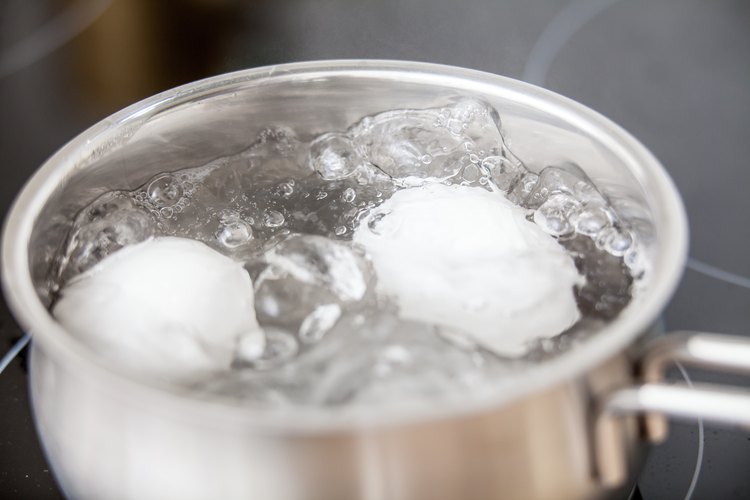
How to Add Vinegar to Boiling Eggs LEAFtv
This is because the boiling points of water (100 degrees C) and vinegar (about 100.6 degrees C) and are too close together to result in a full separation of both components.

Can You Boil Vinegar? (Uses & Benefits) Practical Cooks
Ethanoic anhydride is a colorless liquid, smelling strongly of vinegar (ethanoic acid). The smell is because ethanoic anhydride reacts with water vapor in the air (and moisture in your nose) to produce ethanoic acid again. This reaction with water is given in detail on another page.. Boiling point. Ethanoic anhydride boils at 140°C. This is.